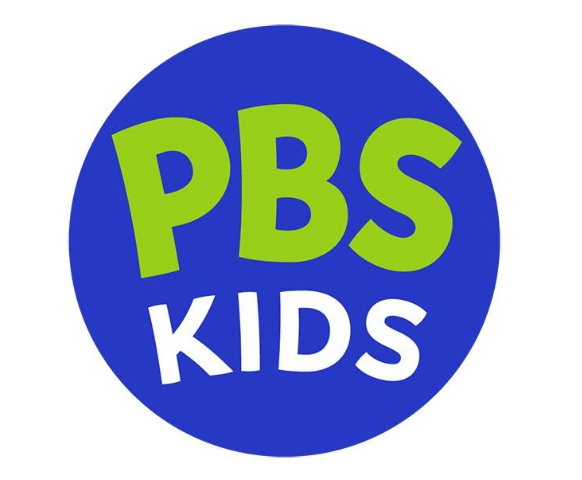The B2C and B2B lead nurturing processes have their differences, but the fundamentals are the same. It’s all about buyers trying to make informed decisions while learning about your company.
At the recent Integrated Marketing Week in New York, Jan Teerlinck, vice president of product marketing and international business development at Selligent, noted that B2C buyers tend to come to the table with a more individual, emotional, impulsive standpoint, while B2B buyers have a more formal and rational buying process, that is often conducted as a team.
Most B2C business is also focused on repeat buys, means the driver of lead nurturing is stimulating loyalty, he noted. Most B2B business, on the other hand, is focused on getting new clients which means the driver of lead nurturing is optimizing expensive sales resources.
Nevertheless, all buyers want to be informed before making decisions and look to multiple channels for background before they buy, said Teerlinck, citing a study from Forrester Research that found companies which excel at lead nurturing generate 50% more sales-ready leads at a third of the cost.
Multi-Channel Engagement
For the B2C lead-nurturing process, engaging customers via multiple channels is key, said to Reggie Brady, president of Reggie Brady Marketing Solutions. Having good content accessible via all your channels—social media, mobile apps, blogs, direct mail, email, banner ads, etc.—is key to engaging prospects.
“Yes, of course it’s about offers and then selling, but don’t just sell,” she said. Content should engage leads, warm them up and get them ready to be customers.
A study from Edelman found that fewer than 1 in 3 people trust marketing messages, Brady noted. “But I think content requires a slightly different mindset because it’s not about the direct sell—it’s about supporting the brand and the product.”
While content can take many forms, it’s important to remember the value of context. She cited Williams-Sonoma as a company that does this well. On its web page for outdoor grills, for example, there are tabs for “Recipes” and “Videos” above the product results, along with a sidebar on the right side of the page for “Related Recipes.” Williams-Sonoma also has guides and articles on its website, along with promotions of live events on its Facebook page. This shows how the company is trying to marry promotions and products with supporting content, Brady said.
She also emphasized the importance of integrated marketing in B2C lead nurturing. “Email has probably done the best job of integrating with both the Web and with social.”
This can be done with list-building campaigns using QR code discounts, giveaways for email opt-ins promoted on Facebook, and campaigns that use consistent imagery across channels (e.g., catalog, email, home page, Twitter, Facebook), for example.
Brady talked about the usefulness of data matching and email for B2C lead nurturing. Facebook Custom Audiences, for instance, gives email marketers the ability to match their email subscriber list with Facebook users to serve ads to those subscribers on the social network. This can amplify an email campaign by retargeting users who click on certain links in email messages.
Another example of how data matching can be implemented in a B2C lead nurturing process is PayPal’s site abandoner email and behaviorally targeted banner ad program with merchants. The program gives the email addresses of site abandoners to PayPal’s email service provider, which then emails matches with a co-branded email offering a discount if they use PayPal to make the purchase. Cookie-based banner ads are also utilized in this program.
B2B Lead Nurturing
“What we do in the world of business-to-business is outbound and sometimes inbound marketing campaigns to motivate someone to raise his or her hand, and then we try to qualify that interest and hand only qualified leads to our sales counterparts,” said Ruth Stevens, president of eMarketing Strategy. “That’s the mission of a business-to-business marketer.”
This means badges zapped at a trade show, for example, are not qualified leads. If you hand these “leads” over to sales, “they’ll hate you in the morning,” Stevens said.
B2B lead generation is about process, and it’s more of a science than an art, she added. “It’s really less about creativity and more about slogging your way through the series of steps that will help you get to a qualified lead.”
Stevens laid out the B2B lead-gen process as follows:
- Inquiry generation
- Response handling
- Lead qualification
- Lead nurturing
- Hand off to sales
- Sales closure
- Tracking
- Continuous improvement
Lead nurturing in this process is a series of communications to build awareness and trust and maintain contact with a prospect until they’re ready to speak with a salesperson, according to Stevens. It’s meant for prospects who are not ready to buy now but may be ready to buy eventually. She also called lead nurturing “lead incubation” or “lead development.”
To illustrate the potential benefits of lead-nurturing programs, Stevens offered this example:
|
Campaign responses |
Qualified Leads | |
| Responses generated | 100 | |
| Immediately qualified | 5 | 5 |
| Unqualified | 95 | |
|
Post-campaign |
||
| Lead pool | 95 | |
| Contacts reached (60%) | 57 | |
| Qualified via outbound communication (20%) | 11 | 11 |
| Nurturing pool | 84 | |
| Qualified via nurturing (30%) | 25 | 25 |
| TOTAL | 41 |
Stevens shared three best practices for B2B marketers who want to improve their lead-nurturing programs:
1) Personalize: “We all know that a personalized message is more effective than a generic message, and it’s true in nurturing as well,” Stevens said. Implementing some form of marketing automation is a good idea, especially since these tools are more affordable now that they’re mostly cloud-based. Marketers can personalize their qualification forms by asking interest- and need-related questions. Landing pages should speak to the specific interests of the target audience.
2) Deliver real value: “Nurturing is not selling,” Stevens said. “It’s educating, it’s deepening the relationship and it’s establishing yourself as a trusted adviser from whom they can receive objective, authoritative information that they trust.” In other words, B2B marketers need a content marketing strategy that maps buyers’ information needs to their stage in the buying process and fills in gaps with appropriate content. Stevens also suggested segmenting content by buying stage (i.e., early, middle and late).
3) Track responses: Stevens said that B2B marketers often don’t track responses – opens, clicks, links, page visits, time spent on pages and downloads, for example. “This is data that informs your marketing database and allows you to craft the best possible mix of communications, so it’s very important.”



